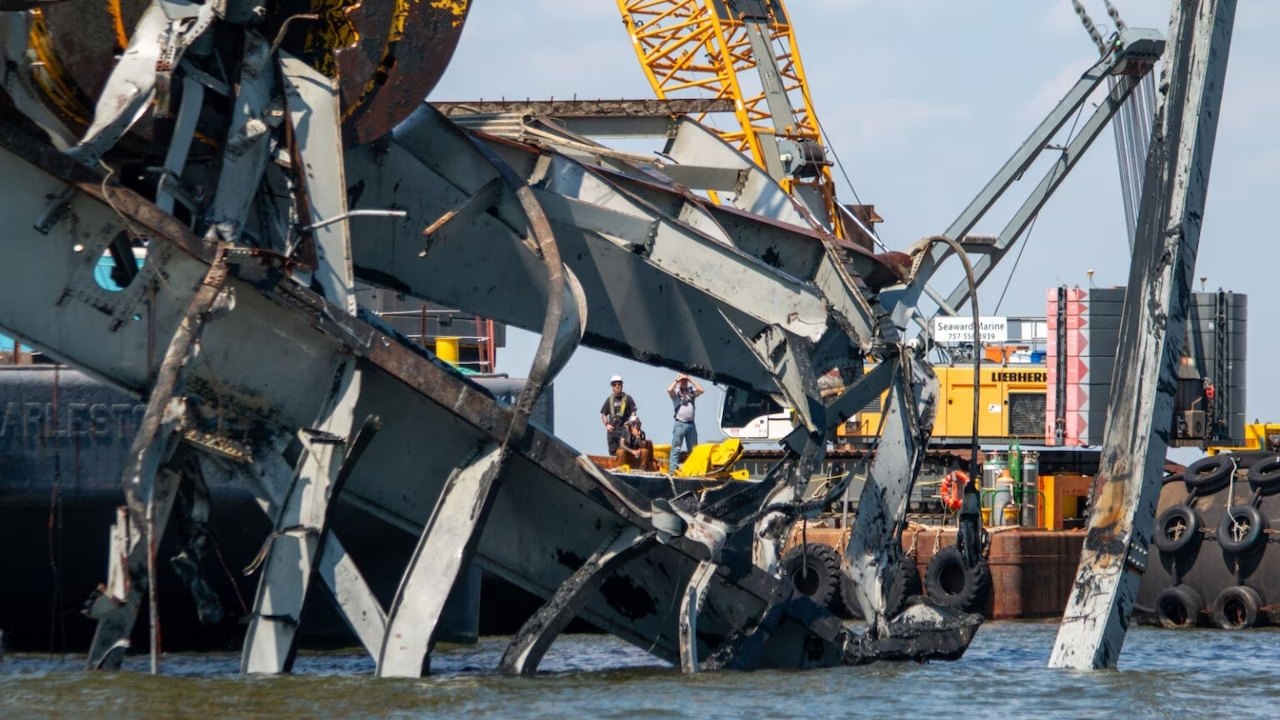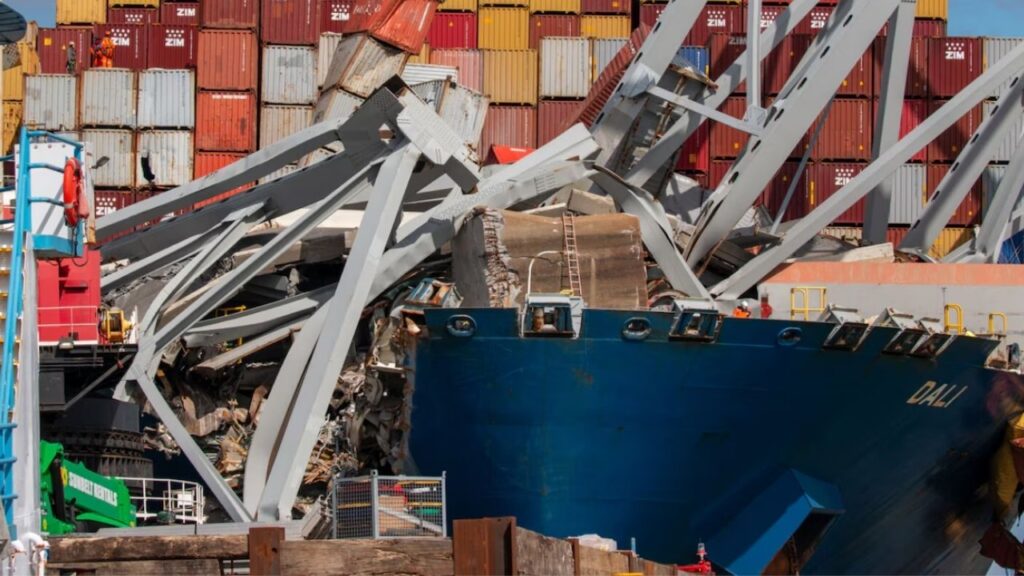Baltimore
Swift Recovery: Baltimore Port Reopens After Devastating Bridge Collapse

A tragic accident killed six men working on a bridge and blocked one of the main ports of entry to the United States with over 50,000 tons of debris. Initially, experts predicted it would take months to reopen the Port of Baltimore. Remarkably, less than three months later, the port is fully operational.
The U.S. Army Corps of Engineers (USACE) played a crucial role in the recovery efforts. Chief of Engineers Lt. Gen. Scott A. Spellmon testified before the Senate Committee on Environment and Public Works, emphasizing the joint effort at all government levels to clear the debris and reopen the critical port.
Following the collapse, Maryland Governor Wes Moore declared a state of emergency. The USACE Baltimore District activated its Emergency Operations Center, deploying state-of-the-art survey vessels to support search and rescue operations. Spellmon praised the unified effort led by U.S. Coast Guard Rear Adm. Shannon Gilreath and Capt. David O’Connell.
President Joe Biden provided guidance from the outset, prioritizing the removal of wreckage from the Federal Navigation Channel. The Corps, which has managed the Baltimore Channel since 1970, swiftly mobilized resources using fiscal year 2023 and 2024 operations and maintenance funding.
A standing interagency agreement with the U.S. Navy Supervisor of Salvage and Diving facilitated collaboration with top salvage companies. Donjon Marine Company, the project’s contractor, led the effort to clear approximately 50,000 tons of concrete, asphalt, and steel from the Patapsco River—equivalent to over 200 Statues of Liberty.

By the end of April, the team cleared a 35-foot-deep by 280-foot-wide limited access channel, allowing 70 percent of vessels to use the port. The full 50-foot navigation channel was restored by the end of May. Precision demolitions successfully removed a collapsed bridge section from the bow of the vessel Dali, enabling salvors to clear remaining debris.
On June 10, the Corps restored the federal channel to its original dimensions of 700 feet wide and 50 feet deep. Spellmon confirmed that all wreckage was removed, with some areas cleared to a 60-foot depth. The Port of Baltimore Navigation Channel is now fully operational, marking the end of a challenging debris removal mission.
Lt. Gen. Spellmon expressed pride in the unified team’s achievement. “On behalf of the more than 39,000 men and women of the U.S. Army Corps of Engineers and all our federal, state, and industry partners, we are tremendously proud to have been a part of this incredible task,” he stated.





